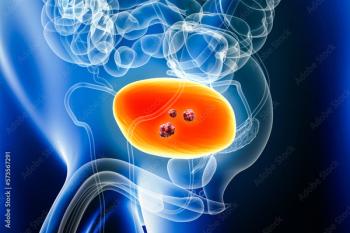
FDA Expands Military Wound Dressing Use to Public
The FDA is now allowing civilians to access XSTAT 30 wound dressing, an expandable, multi-sponge product typically used to control life-threatening bleeding in military settings.
The FDA is now allowing civilians to access XSTAT 30 wound dressing, an expandable, multi-sponge product typically used to control life-threatening bleeding in military settings.
Now, all adults and adolescents may use the dressing, which can help stop bleeding in areas where a tourniquet cannot be placed, such as the groin or armpit.
XSTAT 30 is designed for high-risk wounds and is usually used when a medical facility or emergency care is not available.
It is specifically crafted for non-compressible, junctional wounds, and it is not to be used on the chest, abdomen, pelvis, or any tissue above the collarbone.
“When a product is developed for use in the battlefield, it is generally intended to work in a worst-case scenario where advanced care might not be immediately available,” said William Maisel, acting director of the Office of Device Evaluation in the FDA’s Center for Devices and Radiological Health, in a press release. “It is exciting to see this technology transition to help civilian first-responders control some severe, life-threatening bleeding while on the trauma scene.”
The sponges expand and swell to fill a wound cavity, creating a physical barrier against blood flow.
XSTAT 30 can be used for up to 4 hours on a wound.
Health care providers can use up to 3 applicators, which absorb about a pint of blood, on a patient.
Newsletter
Stay informed on drug updates, treatment guidelines, and pharmacy practice trends—subscribe to Pharmacy Times for weekly clinical insights.










































































































































































































